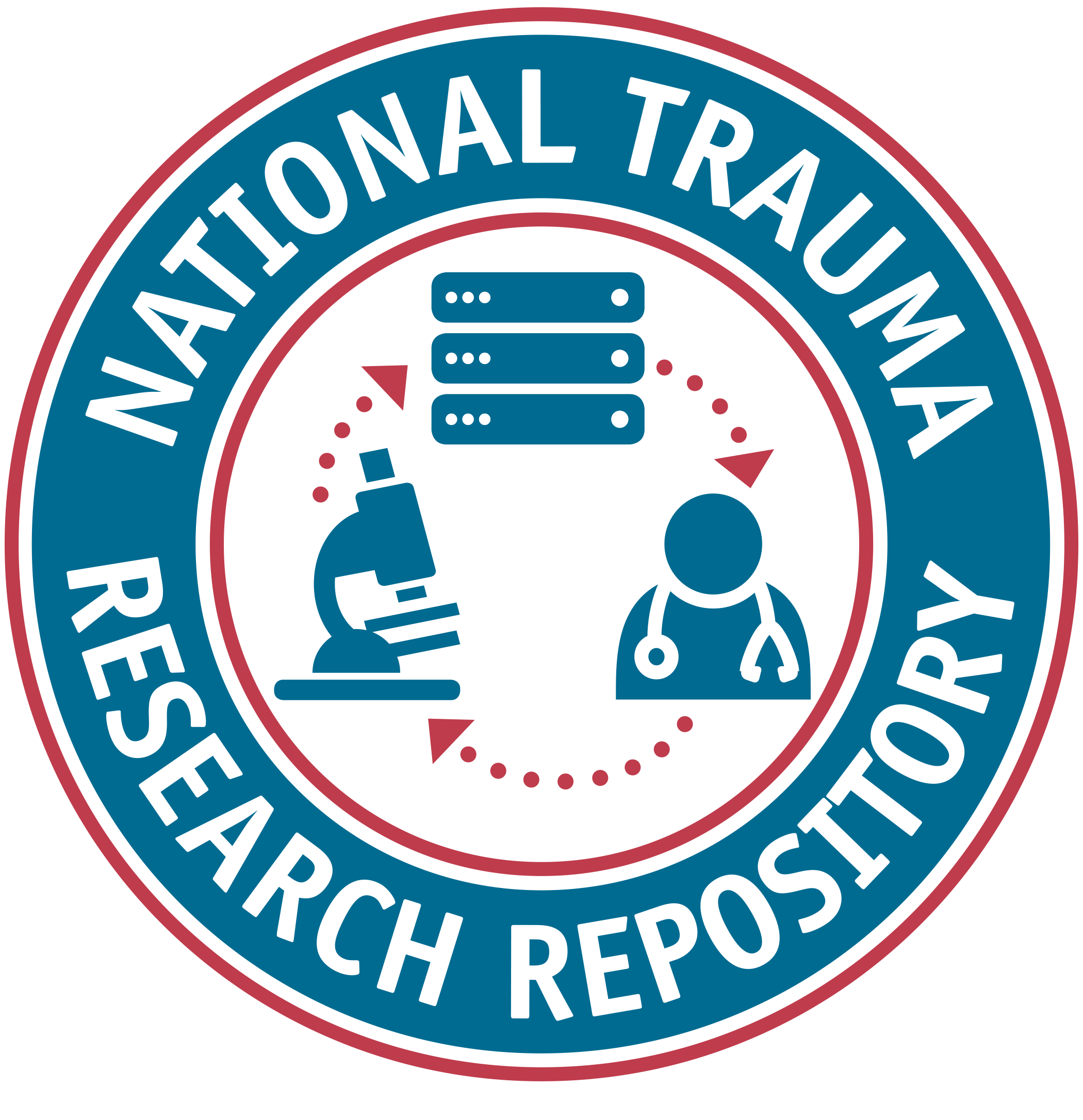Listed below are the details for the data element.
FITBIR
1.3
Element Type
Common Data Element
Ohio State University TBI Identification Method Interview Form (OSUTBIMI) - Most severe effect from head injury type
OSUTBIMISevereEffectInjTyp
Short Description
Type of most severe effect from one of the time the subject had an impact to the head, as part of the Ohio State University TBI Identification Method Interview Form (OSUTBIMI)
Definition
Type of most severe effect from one of the time the subject had an impact to the head, as part of the Ohio State University TBI Identification Method Interview Form (OSUTBIMI)
Notes
Step 3 - Question 4
Creation Date
2016-03-18
Historical Notes
References
Adapted with permission from the Ohio State University TBI Identification Method (Corrigan, J.D., Bogner, J.A. (2007). Initial reliability and validity of the OSU TBI Identification Method. J Head Trauma Rehabil, 22(6):318-329. Copyright 2007, The Ohio Valley Center for Brain Injury Prevention and Rehabilitation
Data Type
Alphanumeric
Input Restrictions
Single Pre-Defined Value Selected
Population
Adult and Pediatric
Guidelines/Instructions
Interviewer instruction: Ask the following questions to help identify a history that may include multiple mild TBIs and complete the chart below.
Preferred Question Text
What was the most severe effect from one of the times you had an impact to the head?
Category Groups and Classifications
| Disease | Domain | Sub-Domain |
|---|---|---|
| General (For all diseases) | Disease/Injury Related Events | History of Disease/Injury Event |
| Traumatic Brain Injury | Disease/Injury Related Events | History of Disease/Injury Event |
Classification
Traumatic Brain Injury:
Supplemental
Acute Hospitalized
Epidemiology
Concussion/Mild TBI
Moderate/Severe TBI: Rehabilitation
General (For all diseases):
Supplemental
Keywords
Labels
FITBIR_CDE
FS_CDE





